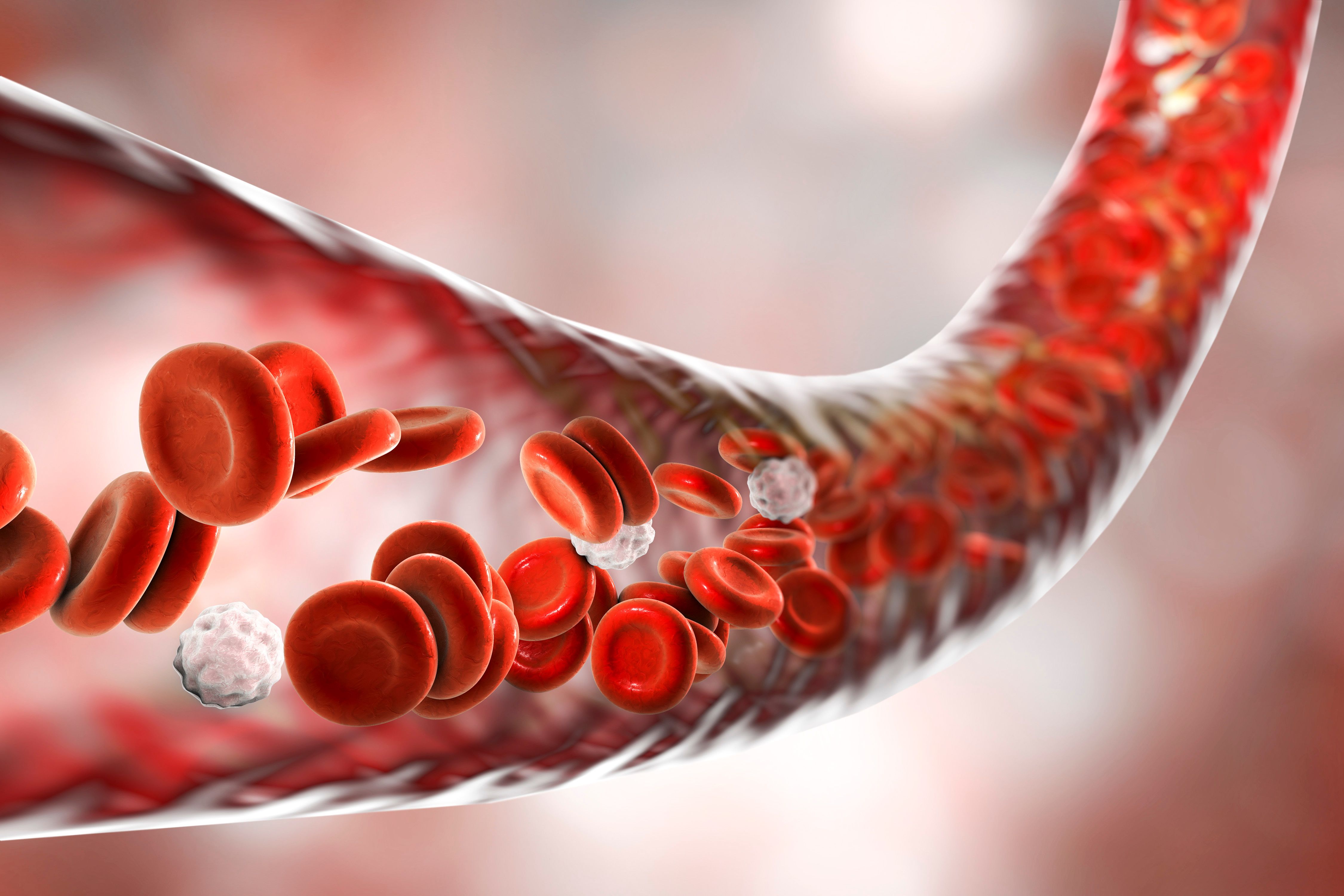- Center on Health Equity & Access
- Clinical
- Health Care Cost
- Health Care Delivery
- Insurance
- Policy
- Technology
- Value-Based Care
STRONG-HF Data Suggest Bio-ADM Enhances Heart Failure Prognostic Value
Patients with the highest biologically active adrenomedullin (bio-ADM) levels at baseline were 114% more likely to die from any cause or be readmitted to the hospital for heart failure within 6 months compared with patients with the lowest levels.
Data from the STRONG-HF trial suggest that biologically active adrenomedullin (bio-ADM) is a marker of residual congestion and can predict congestion 3 months after hospitalization for heart failure.
Published in the European Journal of Heart Failure, the findings also showed a modest association between higher bio-ADM and increased risk of early hospital readmission or death.1 The authors also found that measuring bio-ADM in addition to N-terminal pro-B-type natriuretic peptide (NT-proBNP) can provide more prognostic information compared with NT-proBNP alone, especially when looking at 180-day or 6-month heart failure rehospitalization or death.
To come to these conclusions, the authors measured the levels of bio-ADM in the blood of 1005 patients within 2 days before their expected discharge from the hospital, which was considered the baseline, and again 90 days later.
Blood vessel | Image credit: Dr_Microbe – stock.adobe.com

Bio‐ADM is a hormone produced by blood vessels that has shown potential as a useful marker for evaluating fluid buildup in cases of decompensated heart failure.2 At baseline, the median bio-ADM level was 20.2 pg/ml, with values ranging from as low as 5 pg/ml to as high as 383 pg/ml.1 Of the 1005 included patients, only a quarter of them (n = 267) had bio-ADM values below the lower limit of quantitation, which was defined as 10.8 pg/ml.
The authors found that bio-ADM levels were related to most signs of fluid buildup in the body, except for rales, a type of abnormal lung sound. Changes in bio-ADM levels were strongly linked to changes in fluid buildup between the initial measurement to 90 days later (gamma –0.24; P = .0001), suggesting that as bio-ADM levels increase, the congestion status tends to decrease, and vice versa.
Patients with the highest bio-ADM levels at baseline were at greater risk of dying from any cause or being readmitted to the hospital for heart failure within 180 days compared with those with the lowest bio-ADM levels, with a 114% increased risk of both (HR, 2.14; 95% CI, 1.42-3.22). The highest levels of bio-ADM also indicated a 133% higher risk of being rehospitalized for heart failure within 6 months (HR, 2.33; 95% CI, 1.38-3.94). According to the authors, these findings align with those of prior similar research.
“Patients with higher bio-ADM are generally sicker patients, showing more signs and symptoms of HF [heart failure], which might partly explain the increased mortality and rehospitalization risk,” the authors wrote. “The risk was especially high in patients with bio-ADM in the upper tertile, whose bio-ADM levels were mostly above the 97.5th percentile of healthy volunteers, suggesting that a cut-off of 29 pg/ml may be considered as a marker of higher risk for acute HF patients. Such elevated baseline bio-ADM might be a sign of limited response to treatment and/or signs of residual congestion.”
The accuracy of predicting these outcomes was similar for bio-ADM, NT-proBNP, and their combination. However, combining both markers showed a slight trend toward better accuracy (P = .059), as bio-ADM alone had an area under the receiver-operating characteristic curve (AUC) of 0.5977 (95% CI, 0.5561-0.6393), NT-proBNP alone had a similar AUC of 0.5800 (95% CI, 0.5356-0.6243), and the combination had a slightly higher AUC of 0.6159 (95% CI, 0.5711-0.6607).
“The reasons for such modest associations are not known; however, it is possible that congestion by itself is a symptom of HF but not its main pathophysiological cause and, therefore, the presence of congestion is not a strong predictor of adverse outcomes post-discharge from an acute HF admission,” the authors noted. “Hence, bio-ADM and NT-proBNP, which are markers of congestion, are equally only modest predictors of adverse outcomes.”
The analysis also demonstrated that high-intensity care (HIC) of guideline-directed medical therapy (GDMT) for heart failure can help mitigate the risk of all-cause death or heart failure readmission regardless of initial bio-ADM levels (interaction P = .37). Additionally, changes in bio-ADM levels over 90 days did not differ significantly between patients receiving intensive care and those receiving usual care, unlike NT-proBNP.
“These observations are important, suggesting that serial measurements of NT-proBNP but not bio-ADM may be of value in the follow-up of patients during the post-acute HF period, especially when rapidly uptitrating GDMT,” the authors said.
References
- Voordes G, Davison B, Biegus J, et al. Biologically active adrenomedullin as a marker for residual congestion and early rehospitalization in patients hospitalized for acute heart failure: Data from STRONG-HF. Eur J Heart Fail. Published online June 14, 2024. doi:10.1002/ejhf.3336
- Egerstedt A, Czuba T, Bronton K, et al. Bioactive adrenomedullin for assessment of venous congestion in heart failure. ESC Heart Fail. 2022;9(5):3543-3555. doi:10.1002/ehf2.14018
What It Takes to Improve Guideline-Based Heart Failure Care With Ty J. Gluckman, MD
August 5th 2025Explore innovative strategies to enhance heart failure treatment through guideline-directed medical therapy, remote monitoring, and artificial intelligence–driven solutions for better patient outcomes.
Listen
Personalized Care Key as Tirzepatide Use Expands Rapidly
April 15th 2025Using commercial insurance claims data and the US launch of tirzepatide as their dividing point, John Ostrominski, MD, Harvard Medical School, and his team studied trends in the use of both glucose-lowering and weight-lowering medications, comparing outcomes between adults with and without type 2 diabetes.
Listen
